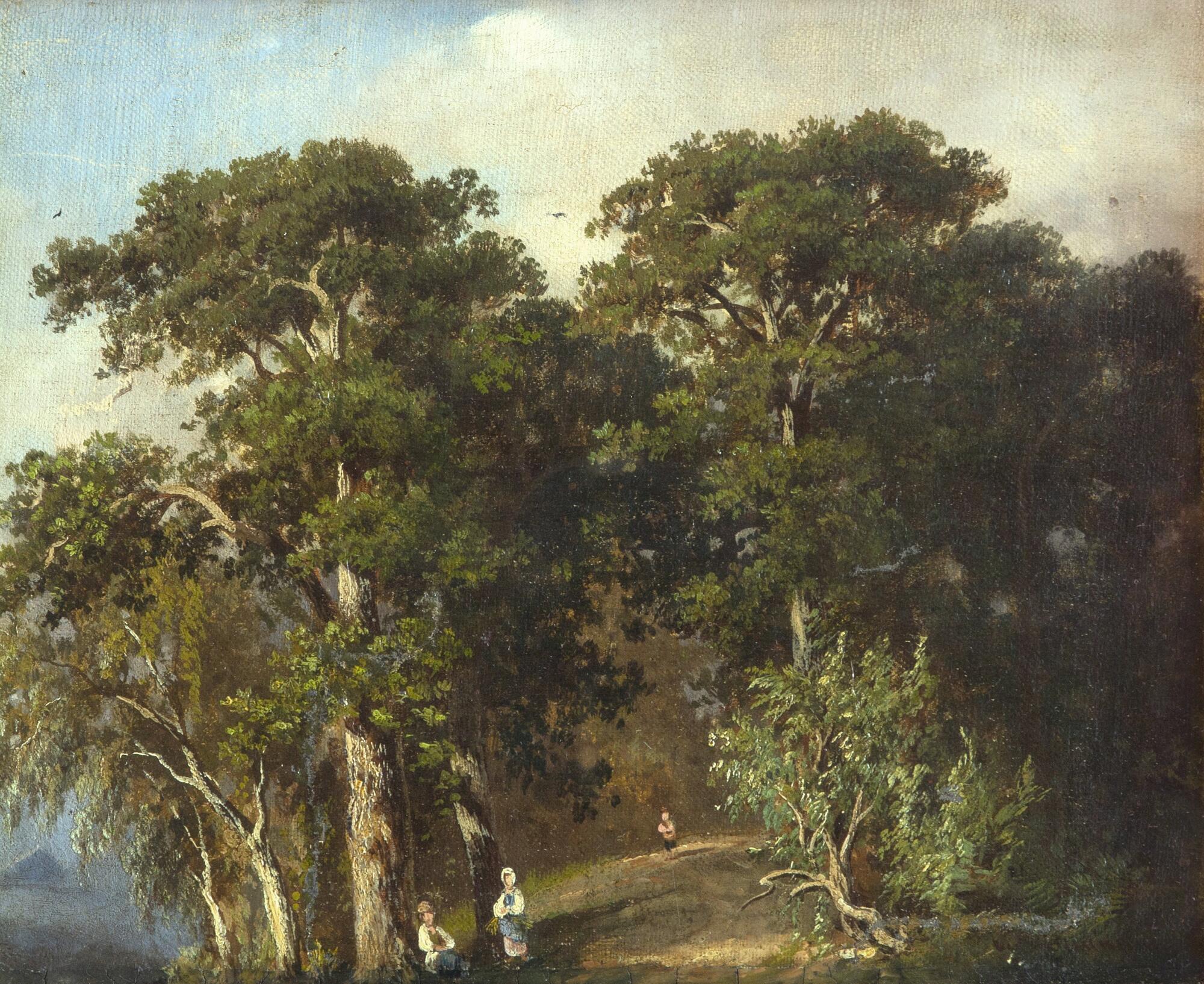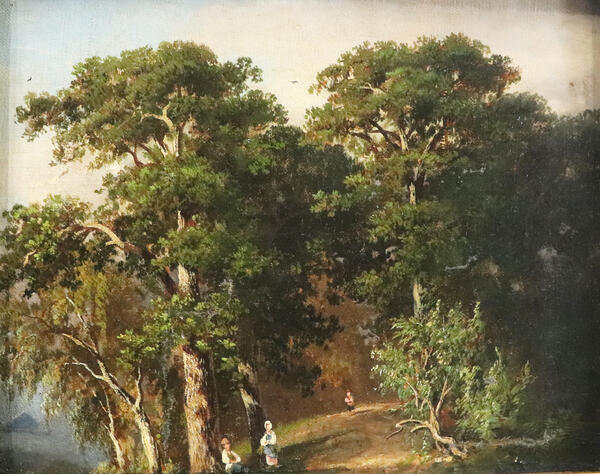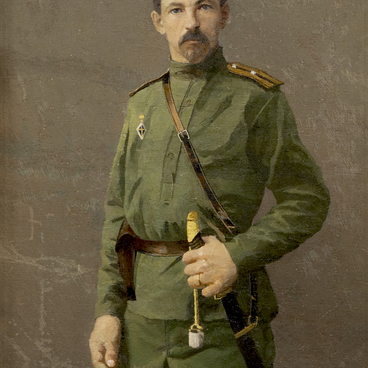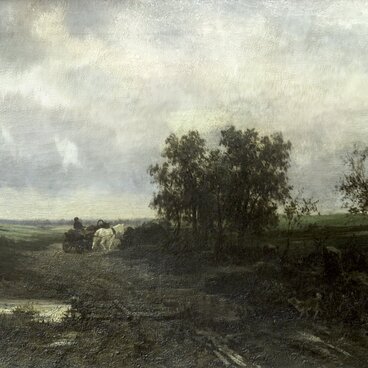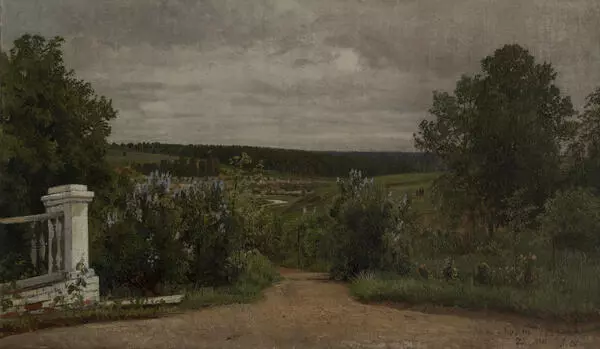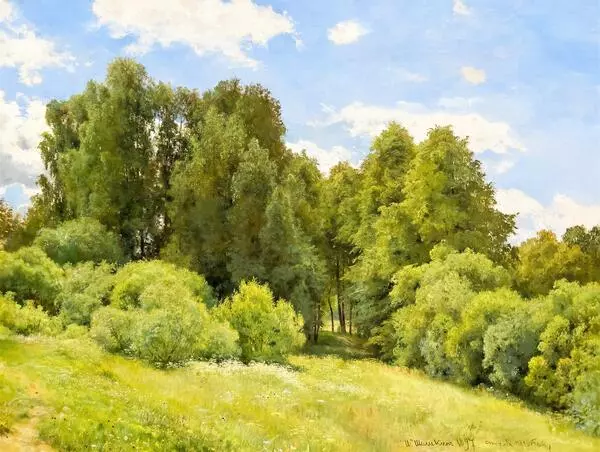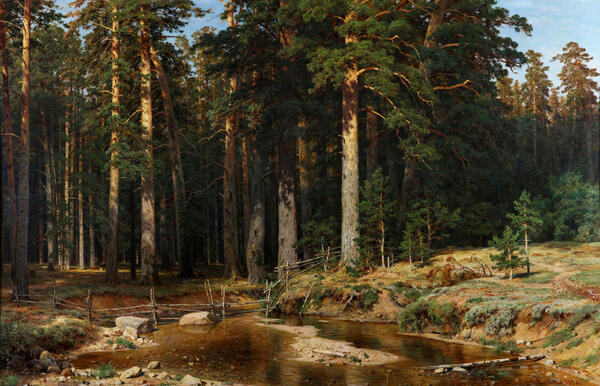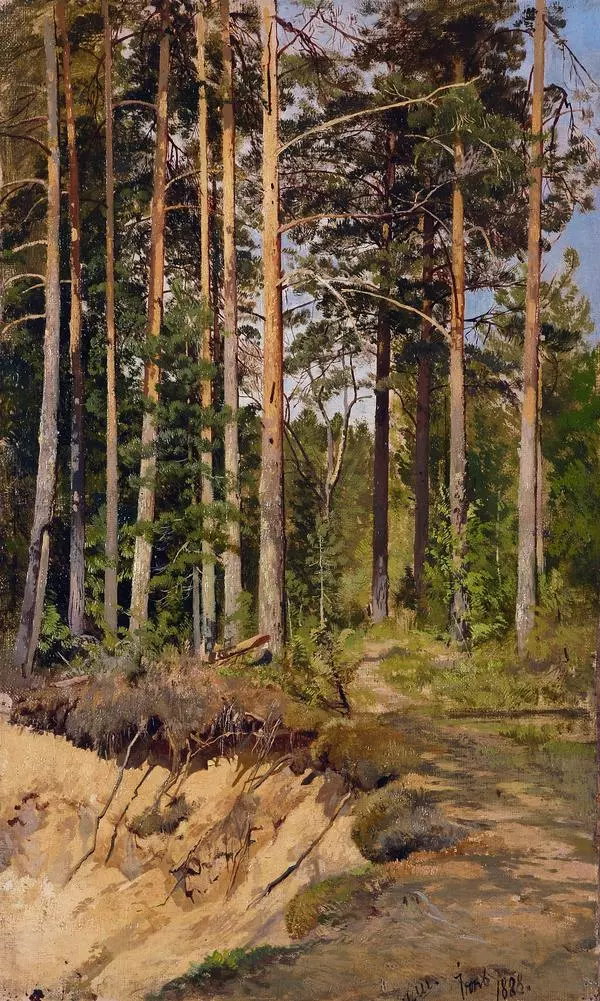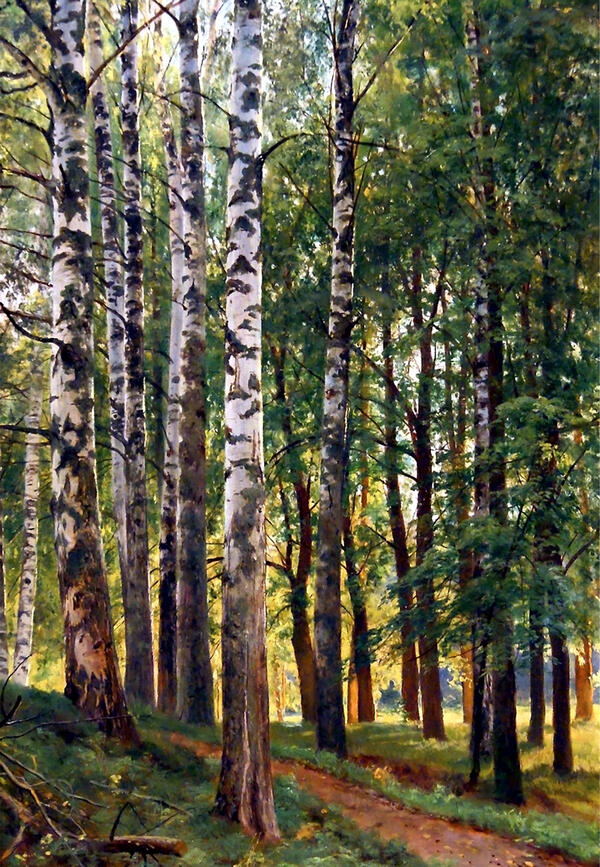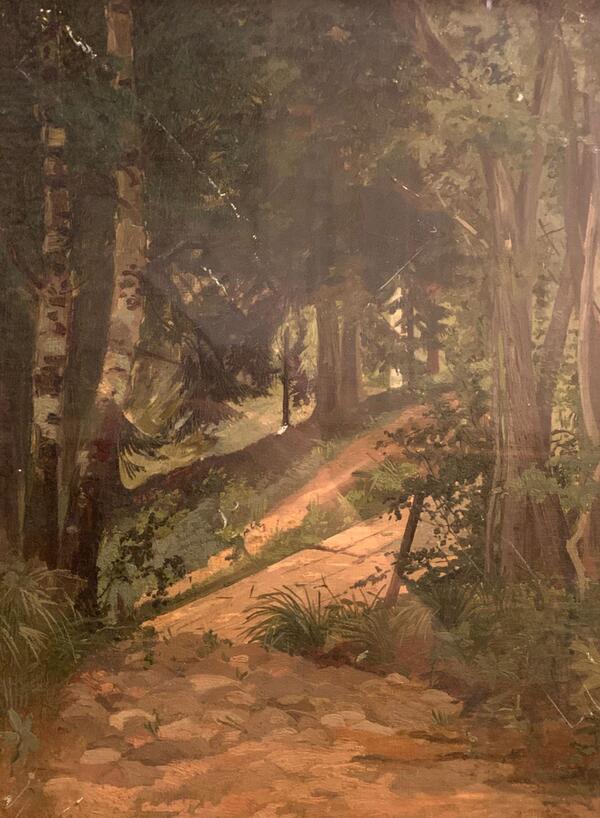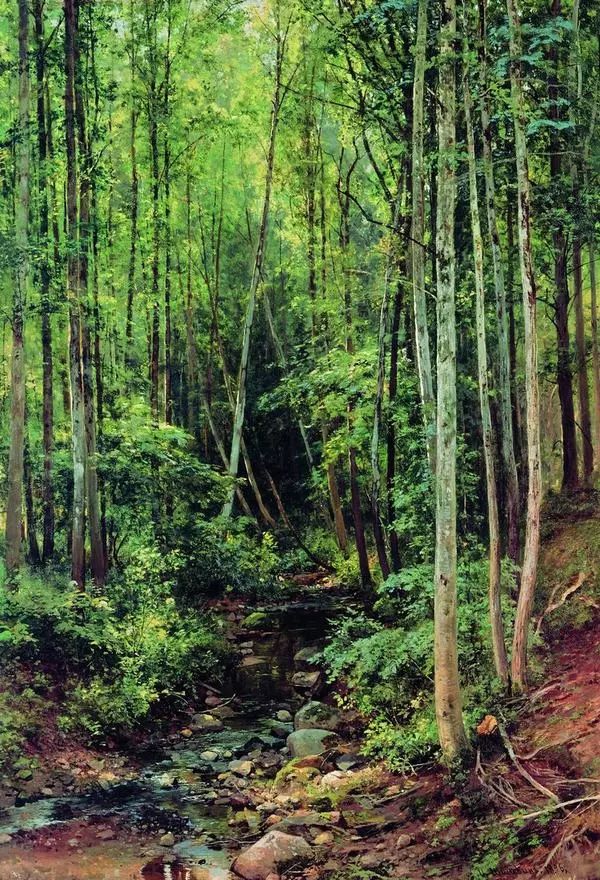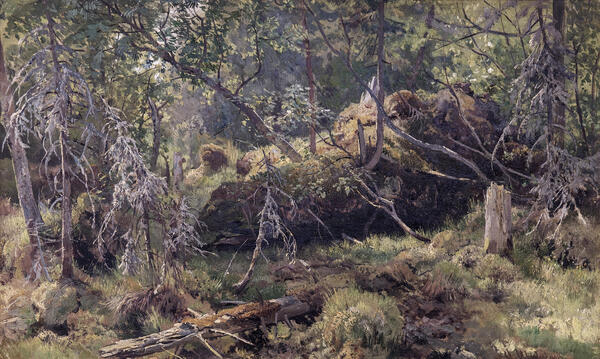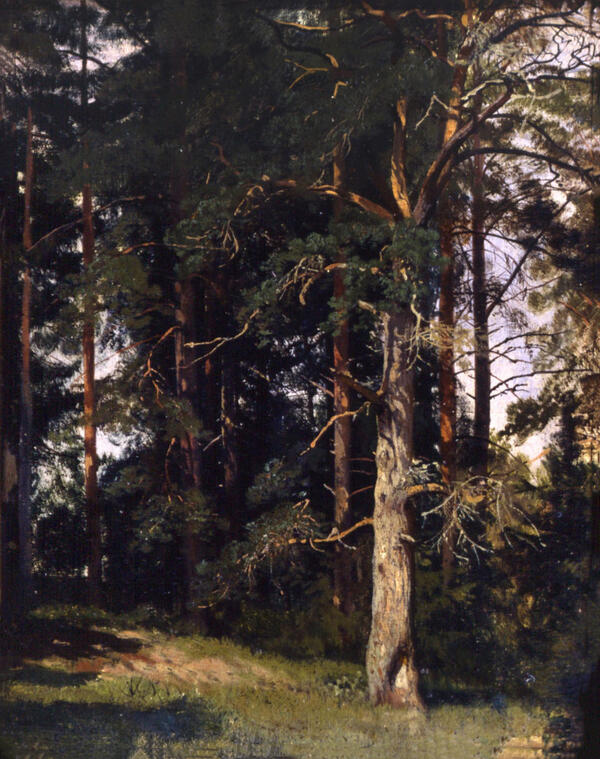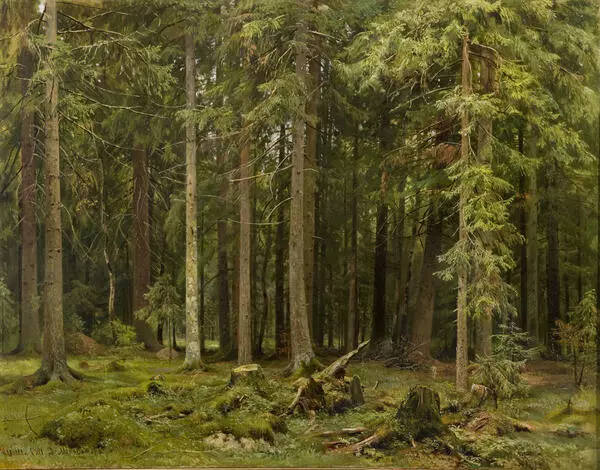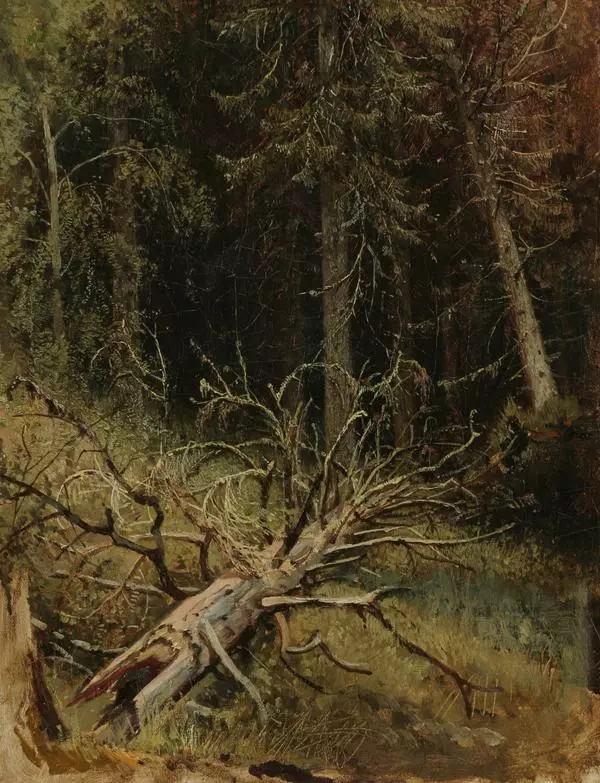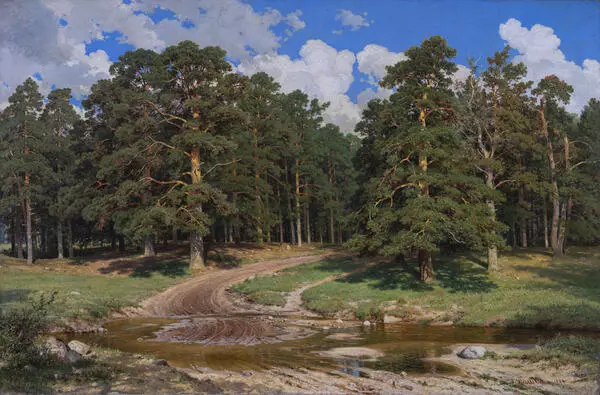Ivan Ivanovich Shishkin was one of the most popular Russian landscape painters. He loved Russian nature with all his heart. His paintings were a hymn to wildlife and its beauty. He considered every branch or twig to be a masterpiece of the plant world. He was called “the forest hero”, “the king of the forest”, and “the old forest man.” Shishkin not only conveyed the details of the landscape with photographic accuracy, but also felt the soul of nature.
Ivan Shishkin was born in the city of Yelabuga, into the family of a grain merchant Ivan Vasilyevich Shishkin. In 1852, he was enrolled in the Moscow School of Painting, Sculpture and Architecture, and soon, in 1857, he entered the Imperial Academy of Arts in St. Petersburg.
The artist lived abroad for several years: in Munich, Zurich, where, it is believed, he first tried engraving with the help of aqua regia, and in Düsseldorf, where he painted a picture, for which he received the title of academician in the Russian Empire. In Europe, Ivan Ivanovich Shishkin was engaged not only in painting, but also in graphics, and made several drawings with a quill pen. In 1866, he returned to his homeland.
Ivan Shishkin put everyday simplicity and beauty familiar to everyone on a high pedestal of art. The painting from the Lipetsk collection was acquired by the museum in 1983 from a private individual, a resident of the city of Lipetsk. Although the lower edge of the canvas had been significantly cut off, which changed the original composition of the painting, and the signature was made later, the authenticity of the work was confirmed by the expert commission of the State Tretyakov Gallery.
In the picture, the master captured a corner of an oak forest. Almost the entire pictorial space is occupied by the powerful crown of trees with a bizarre interlacing of branches and foliage, characteristic of the artist and permeated with light. The dense forest seems gentle and hospitable — this is emphasized by the miniature figures of people next to the trees.
There is an impression of deep peace, tranquility, and silence. People are barely visible against the backdrop of grandiose nature. They are depicted schematically and conditionally. Ivan Nikolaevich Kramskoy, who painted one of the portraits of Shishkin, said about him:
Ivan Shishkin was born in the city of Yelabuga, into the family of a grain merchant Ivan Vasilyevich Shishkin. In 1852, he was enrolled in the Moscow School of Painting, Sculpture and Architecture, and soon, in 1857, he entered the Imperial Academy of Arts in St. Petersburg.
The artist lived abroad for several years: in Munich, Zurich, where, it is believed, he first tried engraving with the help of aqua regia, and in Düsseldorf, where he painted a picture, for which he received the title of academician in the Russian Empire. In Europe, Ivan Ivanovich Shishkin was engaged not only in painting, but also in graphics, and made several drawings with a quill pen. In 1866, he returned to his homeland.
Ivan Shishkin put everyday simplicity and beauty familiar to everyone on a high pedestal of art. The painting from the Lipetsk collection was acquired by the museum in 1983 from a private individual, a resident of the city of Lipetsk. Although the lower edge of the canvas had been significantly cut off, which changed the original composition of the painting, and the signature was made later, the authenticity of the work was confirmed by the expert commission of the State Tretyakov Gallery.
In the picture, the master captured a corner of an oak forest. Almost the entire pictorial space is occupied by the powerful crown of trees with a bizarre interlacing of branches and foliage, characteristic of the artist and permeated with light. The dense forest seems gentle and hospitable — this is emphasized by the miniature figures of people next to the trees.
There is an impression of deep peace, tranquility, and silence. People are barely visible against the backdrop of grandiose nature. They are depicted schematically and conditionally. Ivan Nikolaevich Kramskoy, who painted one of the portraits of Shishkin, said about him:
